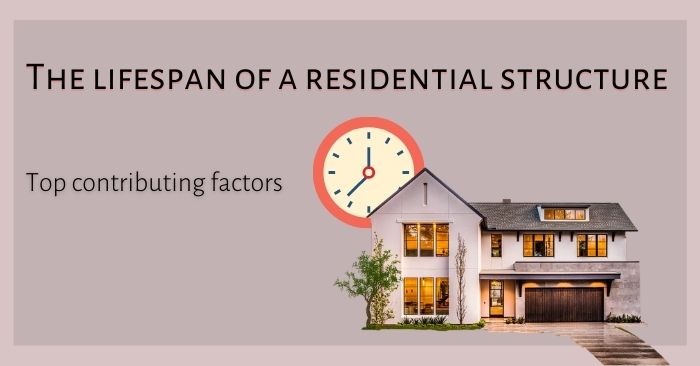
Modern buildings are made with a plethora of different materials. Understanding factors that can affect the lifespan of a building can give great insight on whether a home purchase is worth the buy and what to be aware of during the home building and buying process.
The average lifespan of a residential building can range from around 50 to 100 years. Many factors determine the longevity of a building and the overall well-being of a structure.
Primary factors contributing to the lifespan of a building include but are not limited:
The average life span of many common household appliances ranges from around 8 to 15 years - these appliances include things such as your refrigerator, stove, microwave and dishwasher.
Generally speaking, appliances won’t last forever but you can improve their longevity by emptying filters regularly, leaving room for proper ventilation, cleaning (read instruction manual for proper cleaning techniques) and using the appliance only for what it’s intended for.
Quality building material plays a great role in how long a home or any other building may last, however certain types of materials will help a structure to be long-lasting. These materials include:
If you’re purchasing a new home or having one built, it’s essential to research the building materials. This ensures the home not only appears beautiful on the outside, but is also a quality structure on the inside as well.

Lana Harris is a Chicago native who is a second-generation real estate professional. She was introduced to real estate at a very young age while attending open houses with her mother who is a broker. She honed her skills assisting in property searches (back in the thick, Multiple Listing Service book days,) and using map reading skills to help plan property tour sequencing. Lana’s love of working with people and delivering strong customer service led her to the retail sector, where she developed her management skills at MC Sports, Ann Taylor, and Adidas. She and her husband moved to Utah in 2008 to enjoy the natural beauty of the mountains, and she began her real estate career here in 2015. Most recently, she was a VP of sales for a large team; she thrives on challenges and is determined to overcome obstacles to achieve results for her clients. Lana and her husband enjoy their three large dogs, skiing, camping and paddleboarding.